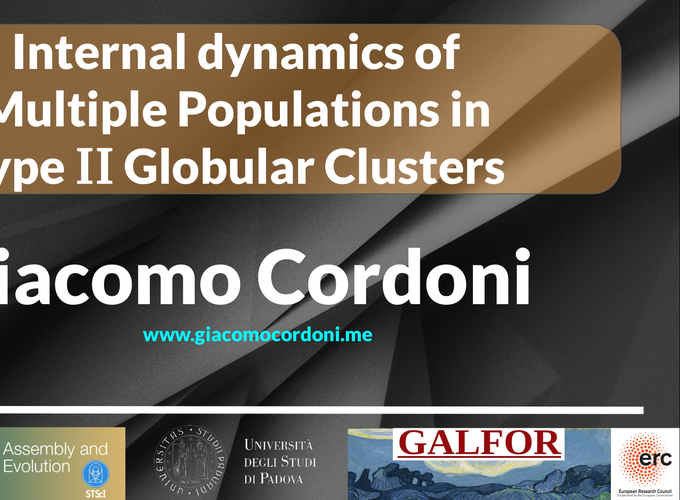Abstract
Galactic Globular Clusters are known to host multiple sequences, corresponding to different stellar populations with specific chemical composition. Their discovery revolutionized the field of Stellar Astrophysics, and in the past decades, many efforts have been made to understand their formation. Regardless of these efforts, none of the proposed hypotheses has been able to fulfill the increasing number of observational constraints. While the photometric and spectroscopic properties of multiple populations are well characterized, theirinternal kinematicsisstill uncharted territory. Nonetheless, theoretical works suggest that it would provide a unique window on the physical processesleading to the formation of these puzzling astrophysical systems. Specifically, the present‐day dynamics of the distinct stellar populations could still carry the imprint of their initial configuration. Its study is therefore crucial to shed light on the puzzling multi‐populations phenomenon. In my work, I have combined Gaia Data Release 2 (DR2) accurate proper motions, together with wide‐field ground‐based photometry to investigate multiple stellar populations in 9 Galactic Globular clusters. The analyzed sample span a wide range in cluster mass, from one of the least massive clusters with multiple populations, NGC6838, to the most massive one, ωCentauri. We find clear evidence of dynamical differences in some of these systems. Moreover, kinematically distinct stellar populations also show a different spatial distribution on the plane of the Sky. These results add new constraints to the evermore puzzling enigma that are Multiple Stellar populations in Globular Clusters.
